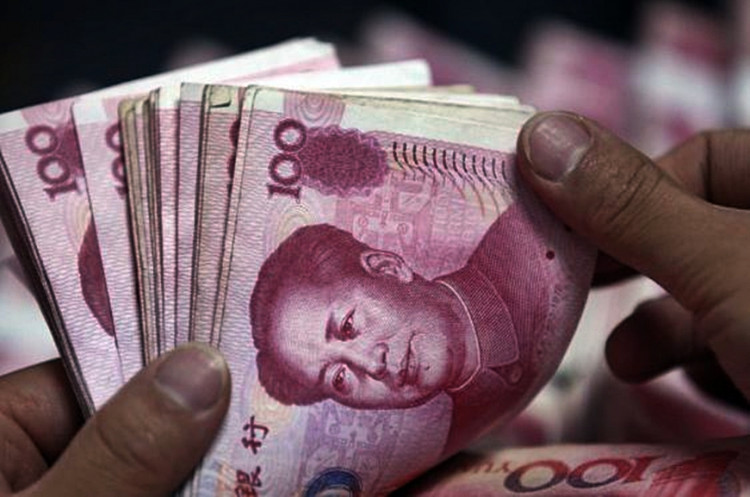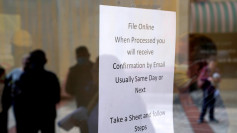Bad loans or non-performing loans on the books of Chinese banks swelled to their highest level in over a decade in June, largely due to the government's two-year-long clean-up or deleveraging of the massive and illegal shadow banking industry.
This crackdown, while noteworthy, also has had the effect of choking off the easy money that's fueled China's economic rise. The rise in bad loans is also a setback for Beijing's repeated pleas for banks to lend more to small and medium enterprises.
The China Banking and Insurance Regulatory Commission (CBRC), the banking sector regulator, reported that non-performing loans (NPLs) ballooned to $283 billion in June, an increase of $26.6 billion from the preceding quarter ending March. CBRC said this jump was the biggest quarterly jump in more than a decade. Bad loans also accounted for 1.86 percent of total loans, the highest ratio since March 2009.
Financial analysts said the surprising NPL data was much worse than they'd been expecting. They noted that tighter liquidity in the first half because of the shadow banking crackdown did contribute to the rapid deterioration in banks' asset quality.
Recent CBRC decisions to force banks and other financial institutions to reclassify as non-performing all loans overdue for over 90 days led to a 14 percent spike in bad loans. Most of these soured loans were incurred by city and rural commercial lenders, which accounted for 80 percent of the increase in second-quarter bad debts, according to CBRC.
Chinese banks advanced $1.3 trillion in new loans in the first half of 2018, an increase of $144 billion year-on-year, said PBOC.
Almost two weeks ago, PBOC tightened controls to stop the yuan's continuing loss in value that might eventually lead to massive capital flight. It ordered currency traders to post a 20 percent deposit starting Aug. 6 for contracts to buy or sell yuan on a future date. This move raises the cost of betting the yuan will continue to lose value and might help discourage speculative trading.
PBOC's move, however, triggered fears of a damaging outflow of capital from China as investors flee to look for higher yields elsewhere. The yuan on Aug. 3 fell to a 13-month low of 6.91 to the dollar before strengthening to 6.83. This unnerving drop, however, brought the yuan closer to the highly symbolic level of seven yuan to the dollar, the point at which PBOC is expected to officially intervene to strengthen the yuan.
On July 20, the yuan skidded to a 12-month low of 6.8 to the dollar, or 7.6 percent lower compared to mid-February. PBOC made no move to stop the steady depreciation of the yuan against the dollar in a calculated move to help Chinese exporters cope with ongoing U.S. tariff hikes, which are expected to rise again in September.






